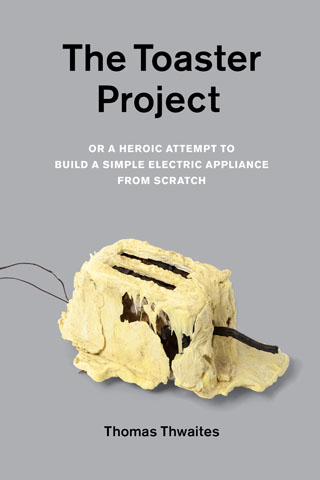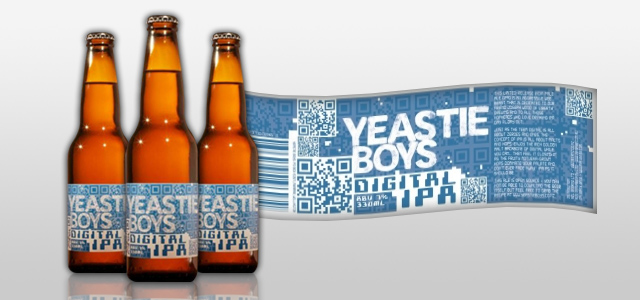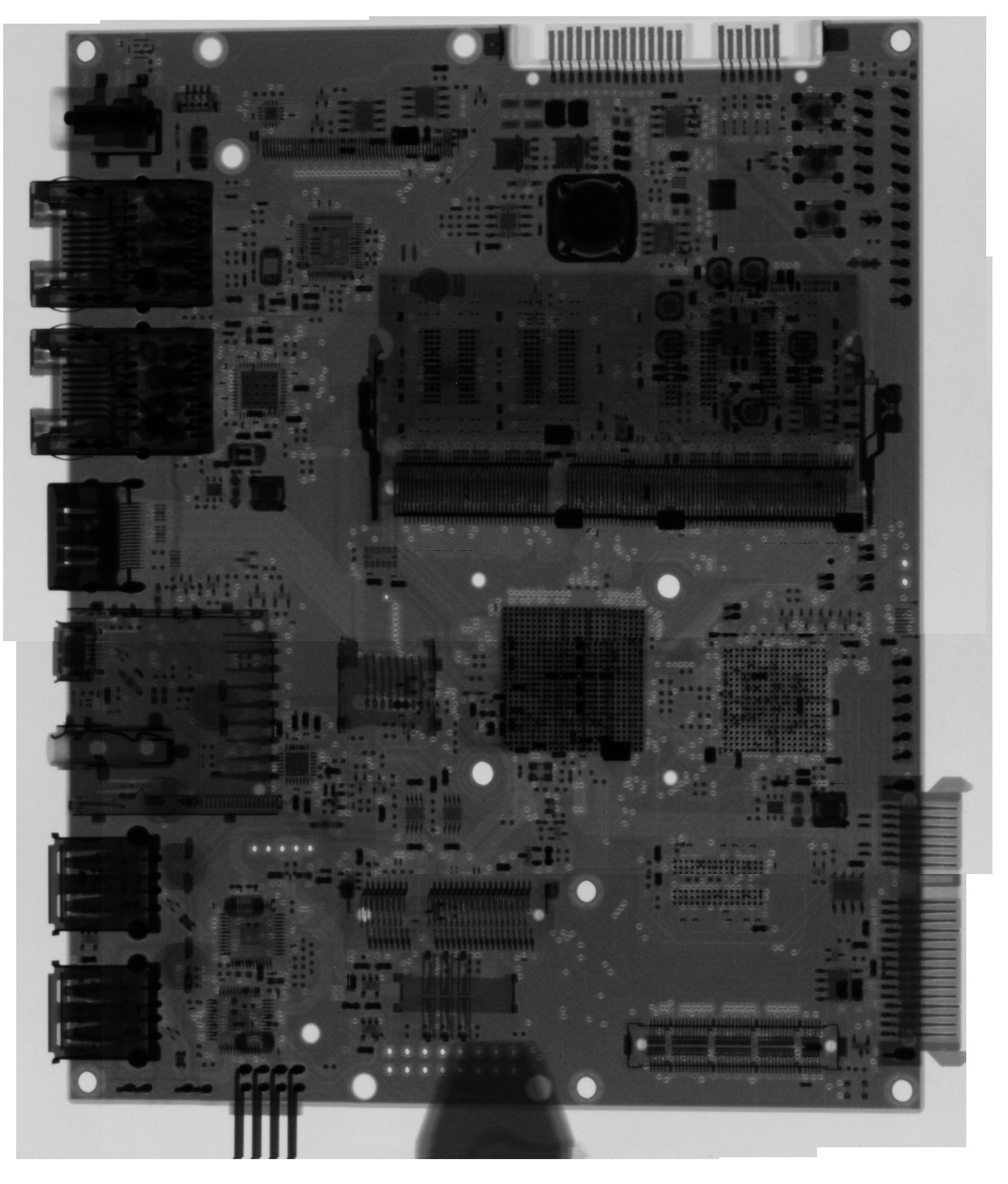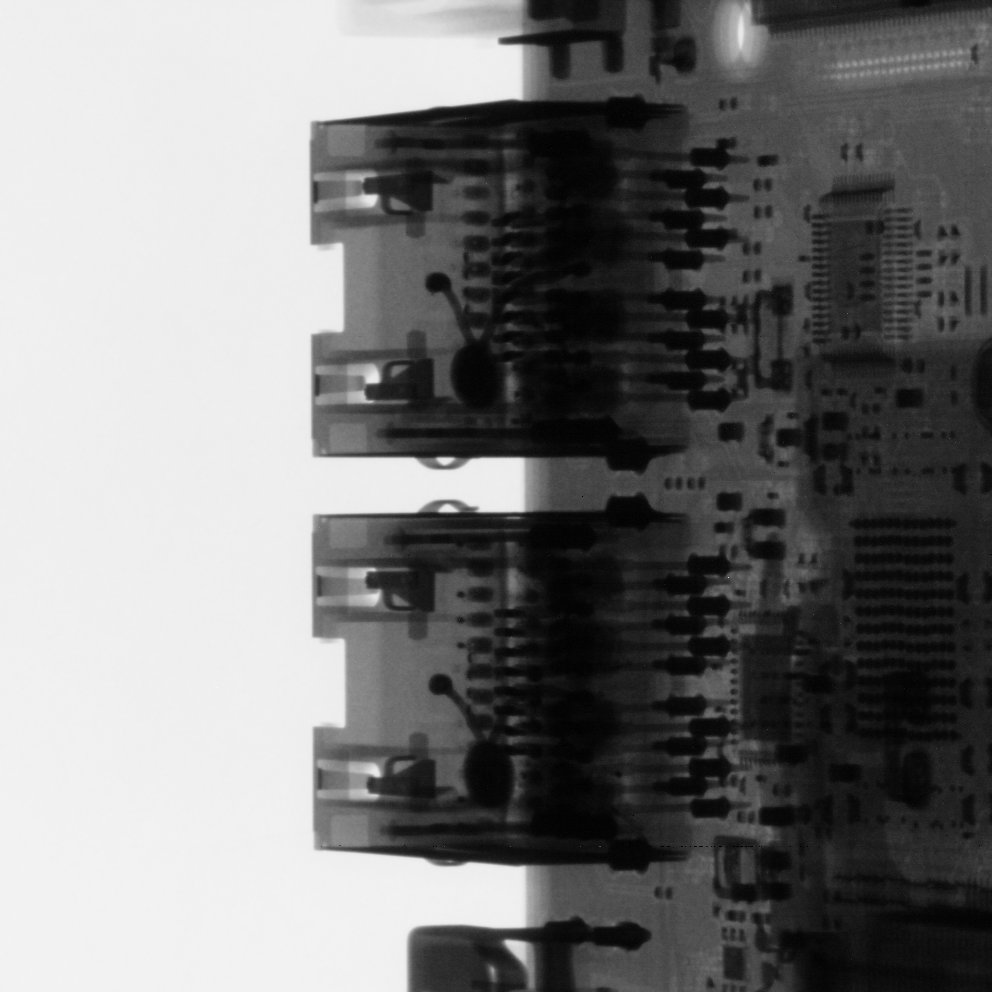Novena the open source hardware laptop
May 13th, 2014Tags: , 30c3, bunnie, fablab, laptop, novena, open source, open source hardware, xobs
Sometimes a term is so evocative it becomes hard to think about all the details, complexity, and work the term entails. I think 3d printing is a good example– it’s so evocative (hit a button! have a thing! in realspace!) it becomes easy to jump straight to some imaginary Star Trek future where we also magically have already dealt with unequal distribution of resources, ecomonic inequality, and more mundane things like machine control and misprints.
Sometimes we get so frustrated along the way to this bright future that we stop using the term (e.g. “check out our paperless office” — no one ever).
Open source hardware seems to fall into this category of evocative terminology (though perhaps it presses the buttons of a far smaller audience). The term implies that when given ‘open’ access to some kind of ’source’ you can easily replicate ‘hardware’. What a bright future that entails! I could make replacement parts for broken technology I own! I could augment technology I already have with extra modules I desire! Also, b.t.w., the tools to do this aren’t wildly inaccessible or complicated!
It’s true that software can relatively instantly be copied error-free onto another digital storage medium. When given the source code, it can generally be modified and recompiled using widely available and often free software tools. This instant copying and easy modification is not the case for hardware (not electronics, single-material parts, or definitely not complicated electro-mechanical systems). Making a copy of a physical thing is non-trivial, more expensive than gratis, and requires all kinds of buying of crap and assembling of crap and testing of crap. Almost never is every single step documented.
Here’s one of my favourite “open source” things:
The Yeastie Boy’s Digital IPA, which had the recipe printed on the bottle1 in case anyone wanted to replicate it. Deeelicious. A recipe seems like a better analogy to open source hardware than open source software, because like with cooking, in hardware you need to source ingredients, assemble them in a way that is never fully controlled, and depending how much you make the final product is going to vary greatly in unit price. Where the hell am I going to get this Carapils malted barley or Nelson Sauvin 12.10% aa hops or water with their exact water profile? I’m not. I never seriously entertained making an analogous beer. But I can use the information they shared about making this beer to make my own beer. Or just read the recipe for lols.
Plenty of smahhht people have been trying to address exactly these open /hardware/ issues, by drafting licenses like the CERN open source hardware license or the The OSHW definition. These articulate a coherent format for source information that simultaneously condemn ill-documented and poorly-organized messes of code and cad files. However, they don’t articulate a need to understand how someone operating openly at a small scale can make things in a production landscape that has been developed by and for large companies making mass-produced products. How do you affordably fab a 10-layer circuit board in quantities of ~100? What are ways you can bring down startup costs if you don’t mind that individual units might cost a bit more? As industry develops new technology, how do you keep up and integrate their capabilities (e.g. not stick to a 8-bit microcontrollers for forever)?
So this brings me to Novena the open source hardware laptop that bunnie and xobs aka Sutajio Kosagi have been developing for the past couple of years 2.
At 30c3 they used their own Novena laptops to present on the exploration and exploitation of SD cards. Besides interest in unconventional access to the probabilistic approximation of data, there was enough interest in the laptop itself they hosted an informal breakout session where they demoed them and discussed the details.
Here’s a photograph Marco took of Melanie and I and this prototype laptop that Marco so meticulously made sure he was avoiding photographing anyone else at congress with he also accidentally cropped my head. Woo privacy. Or more seriously: Woo Melanie!
And so you can see that while the hardware specs were quite specific more than a year before (i.e. Freescale iMX6 CPU, up to 4 GB of memory, Gbit ethernet AND Mbit ethernet, Spartan-6 FPGA, these parts are all still there), the case design at this point months later was relatively improvisational, with some Form1-printed parts, a Thinkpad keyboard, and as far as I remember no latching mechanism whatsoever.
So at this point a bunch of congress-goers are expressing their desire to own this laptop, which I think is cool, and supportive, but also mainly aspirational –at least for using stuff I’ve built you need to invest a significant amount of time learning the quirks of the thing, and I didn’t see that kind of patience aligning well with the expectations that come from knowing a thing has a name like laptop. However, I was definitely hoping that xobs and bunnie would continue down this path, because just from observing them undertake a project of this magnitude and complexity I was learning a lot about engineering complex systems WITHOUT mass production, mad starter capital, an at-hand pile of engineers to throw at the problem, or the other perks of a formal company (a legal department, being able to order custom hardware, etc.).
Digital fabrication is another one of these evocative optimistic terms that suggests access to CNC equipment will revolutionise the way stuff is made. Individuals could have access to previously locked-in-the-military-industrial-complex CNC equipment because it’s becoming cheaper and easier to use. Therefore individiuals everywhere should be making their own stuff, not just patchwork quilts and macrame potholders, but also technology they use on a daily basis like cellphones, laptops, and cars. But so far this hasn’t necessarily been my experience3. No matter how fancy the hacker/maker/fablab/lab space is, it’s still not a parallel to the manufacturing and distribution ecosystem where we currently source the stuff we buy.
Thus I have come to think of the laptop as as much a kind of investigative journalism as it is an engineering project. Studio Kosagi is exploring whether or not it is even at all possible to manufacture a useful and desirable device that exists outside of high-volume or fast-moving-goods or whatever-they-call-that stuff economies.

The Toaster Project was an art project in 2010 to make a toaster that sells for 4 pounds in the local supermarket from scratch. As an engineering project it failed miserably, but as a contemplation of the systems we rely on to provide us with the products we take for granted it was spot on. The subtitle of the book that was subsequently published on the Toaster Project was or a heroic attempt to build a simple electric appliance from scratch. The microwave smelting of ore, the attempted plastic production, and other valiant attempts at toaster-production were however also semi half-hearted– they were intended to fail to illustrate the individual’s inability to interfere with the system.
Novena is not an attempt at making a laptop that is intended to fail. It’s a heroic attempt to make a complex computer, and to elucidate the methods and channels that that requires. It’s currently a running crowdfunding campaign (which has already reached its minimum goals). The way they are designing and testing their laptop for personal use and manufacturing is extensively documented, to the edification of lurkers like me.
Here’s bunnie in Shenzhen last month distracting students in soldering school with his latest laptop prototype, including a CNC milled ABS case with aluminium bezel for the LCD panel and an easy-access latch with air-spring assist to get at the innards with.
Ok yalls that was a really long-winded way of saying HELLOOOOO THIS SHIT IS AMAZING. I don’t know how else to support projects like these except by writing about them on my invariably irrelevant blog, or uh, supporting their crowdfunding campaigns, so I’m doing that, and I think you should too.
…Also, uh, I suppose it would be worth mentioning that in this unabashedly pro Studio Kosagi post that a small part of my favour has tots been curried by them naming part of the reconfigurable case after me– the array of m2.5 screw bosses in the case is called the Peek Array, which I think is probably the most flattering thing that has ever happened to me.
…
Ok, that wasn’t the end. Here’s a bunch of shit I’ve heard people say about Novena after Studio Kosagi’s crowdfunding campaign was launched that I think is annoying so I’m going to complain4 about it here by offering semi-reasonable justifications and semi-unreasonable snarky retorts5:
Who uses LINUX
1: The user experience for open source software, including a variety of linux operating systems, is sometimes lacking. However, it also makes certain computer tasks much easier or even possible. By using open source software you’re also making it more accessible and improving it, even if you don’t contribute to the code base. Using open source software makes useful technology more widely accessible, and also helps you learn how to build more tools that people like you might use, and therefore expands a more democratic ecosystem of digital technology 2: me, bitches
It’s kind of bulky and ugly
1: Open designs invite you to modify, improve, and redistribute better solutions 2: so is your MOM
A9? Don’t they know the A15 has a 40% increase in performance
1: As far as I can tell, the ARM Cortex A15s implementations you might be able to buy are not available with the same kind of documentation that Freescale has been providing with its i.MX6 microprocessors. So theoretically this laptop might run slower than your latest samsung phone, but it’s also much more hackable. 2: what are you benchmarking?
More than $1000! I paid less than that for my PHONE last year
1: A development board for just the CPU sells on digikey for $999, and that’s from the company who WANTS to sell you more of their chips. It’s just the kind of price you’re going to encounter when you don’t have a huge economy of scale to drive down cost 2: ugh, phones
…
1. Ok, technically it was one of those unbecoming QR codes. <
2. http://www.bunniestudios.com/blog/?p=2686 states they started in June 2012, although I suppose there has been a history of making their own computational devices that dates back to Chumby. <
3. Except for Mellis of course. <
4. I guess I should note that mostly I think the far more generically dismissive thought “if you fucking want a macbook air, just buy one you loser-who-doesn’t-need-an-ethernet-port, GAWD”. <
5. I’m just another loser using the internet for both petty fingerpointing and really cheap therapy. <
…
Bonus!:
bunnie was at MIT recently, so we stuck Novena in the CBA CT scanner. It’s too big to CT scan with our detector, but here’s an xray of the motherboard:
And a closeup of the ethernet ports, which apparently some folks (according to bunnie) expressed concern about perhaps containing some kind of nefarious-secret-spying-hardware. Not as far as my gamma rays and I can tell.
Images taken at 56kV, 3W, 1s exposure.
…



